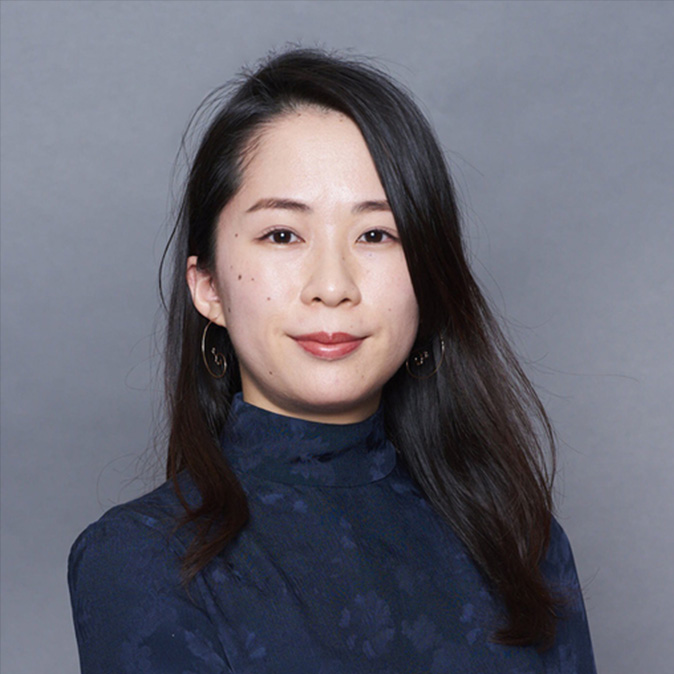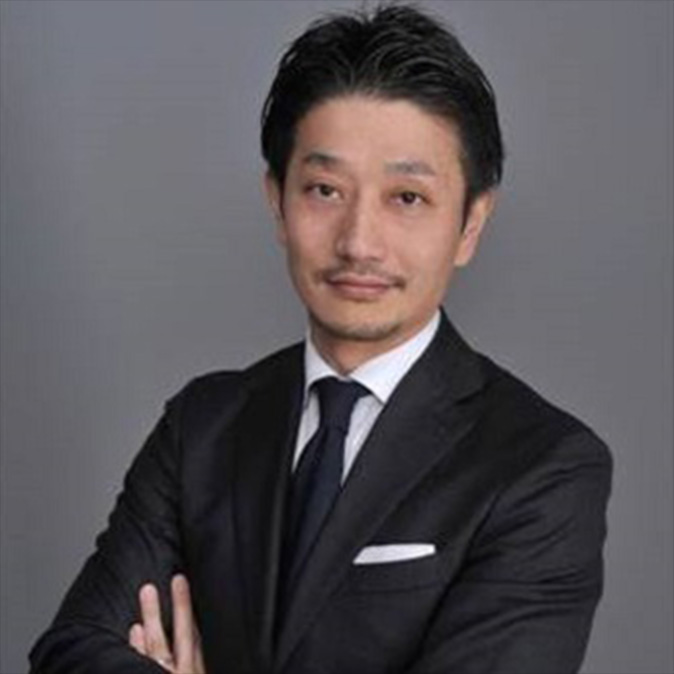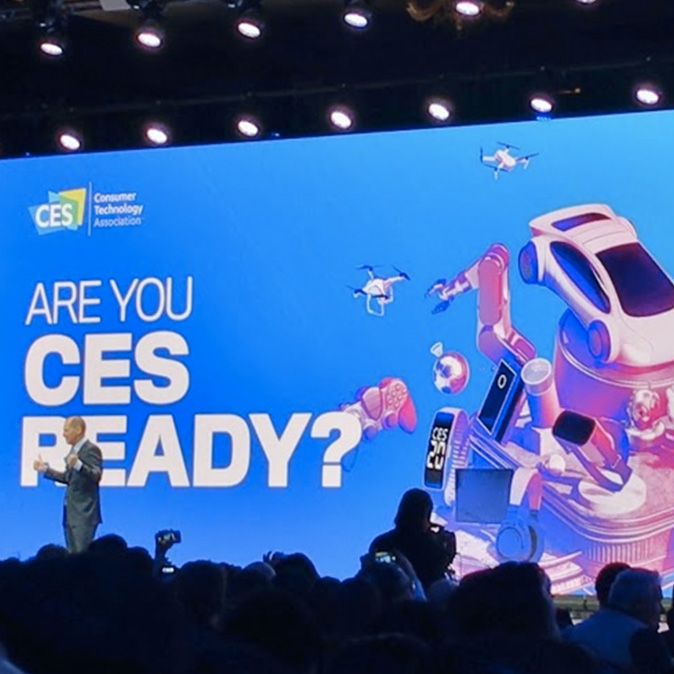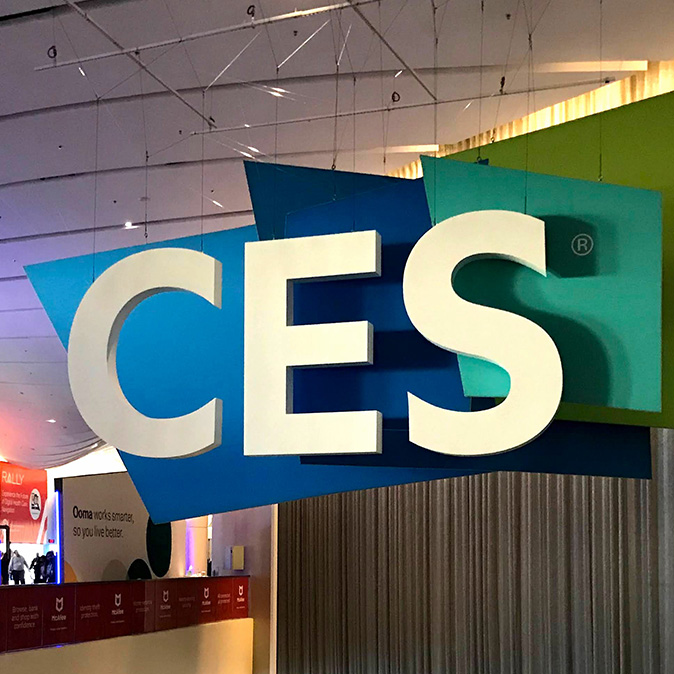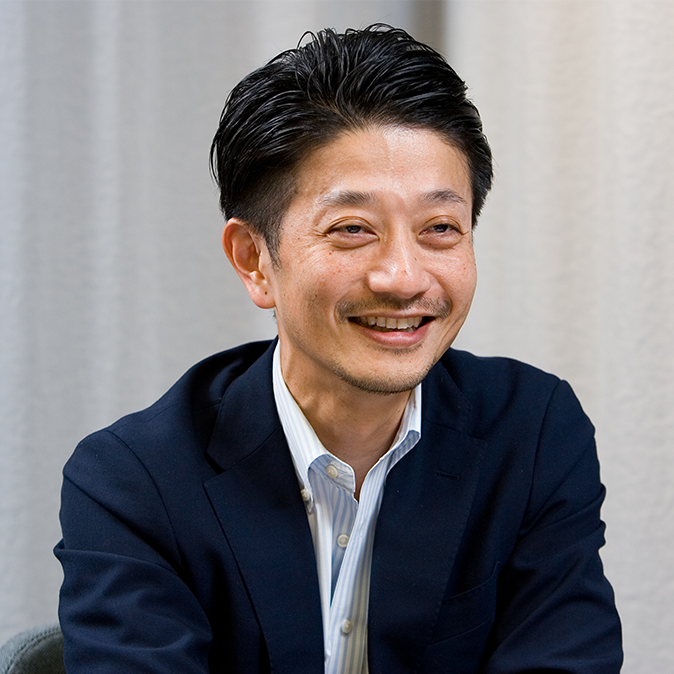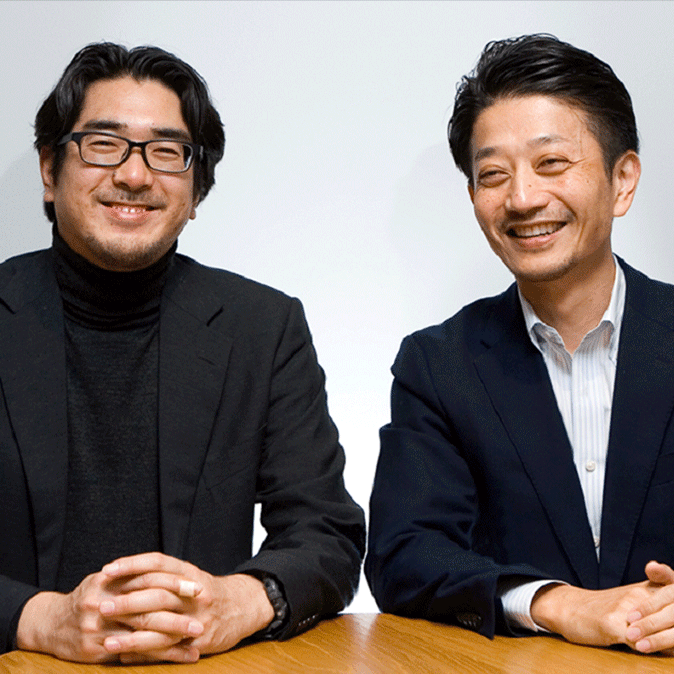- Events
The true nature of innovation goes beyond technology to the generation value for sei-katsu-sha and society
Billing itself as the world’s gathering place for all those who thrive on the business of consumer technologies, CES is an annual trade show and conference organized by the Consumer Technology Association. In the first part of this article, titled The Intelligence of Things: AI and new concepts for the future, Hakuhodo staff Tetsuya Waida and Kaori Abe reported on keynote addresses and press conferences from such companies as Samsung, Delta Airlines, Toyota and Sony. In Part 2, they introduced topics in healthcare, beauty and food. In this final report, they provide their final thoughts on this year’s CES.
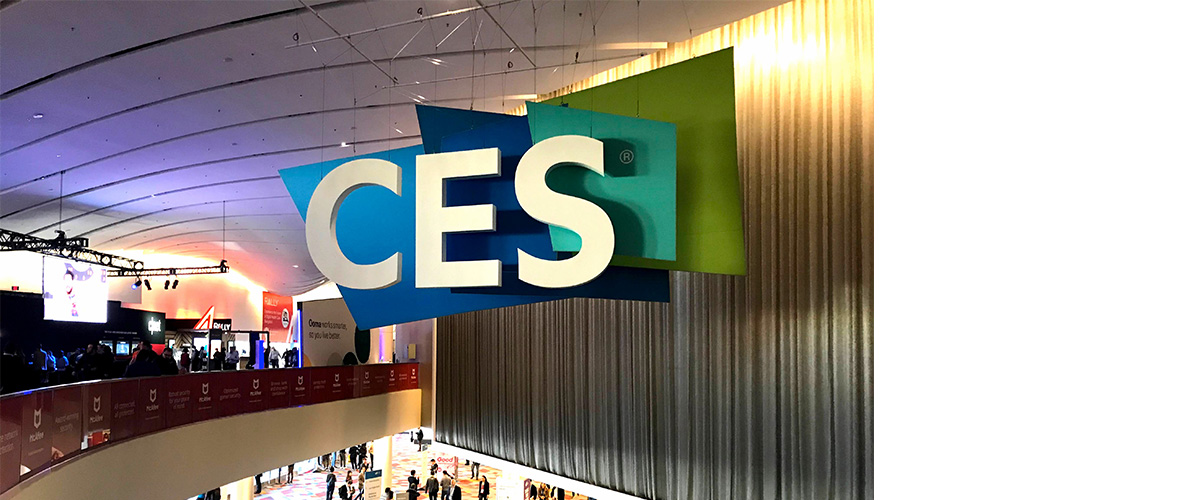
As the hints appearing last year suggested, you might say that this year CES became a venue for companies to announce to the world how they plan to revolutionize sei-katsu-sha lifestyles rather than a place where they launch technology and new products.
The two of us had a real sense of the flow of advances, with the voice technology and AI that were showcased a few years back converging each year through various companies and products, now slotting into the lifestyles of sei-katsu-sha as consumer products. With AI-enabled personalization and the shift from stand-alone products to connected systems and services, this year, particularly, we saw the advance of innovation more from the perspective of the entire value chain and its realization in products.
At CES, there were many areas in which we could feel growth and advancement: for instance, the big players make major announcements if not every year, every two to three years; startups now have bigger booth space; and there are more products. One of the great things about CES is that you can actually feel change happening there each year.
To touch on CES from marketing perspectives, Marc Pritchard, Chief Brand Officer at P&G, which was at CES for the second time, announced last year that his company would disrupt traditional mass marketing models by learning lean and agile startup methods as a tech company.
Opte, a startup brand that began with P&G Ventures was launched last year, but this year they had not only refined the product as the Precision Skincare System, but also decided on a personalization system and a subscription business model that they will begin marketing this year (for $599). It is the perfect example of the innovation of an entire value chain. The P&G LifeLab website launch was also announced at CES.
Pritchard added “constructive” to last year’s “disruption,” announcing this year that P&G would lead Constructive Disruption.
Reinventing innovation itself with P&G methods: this seems to mean disrupting methods used until now, innovating the entire value chain and carrying out innovation of areas including branding and marketing, external partnerships, diversity and SDGs-related issues.
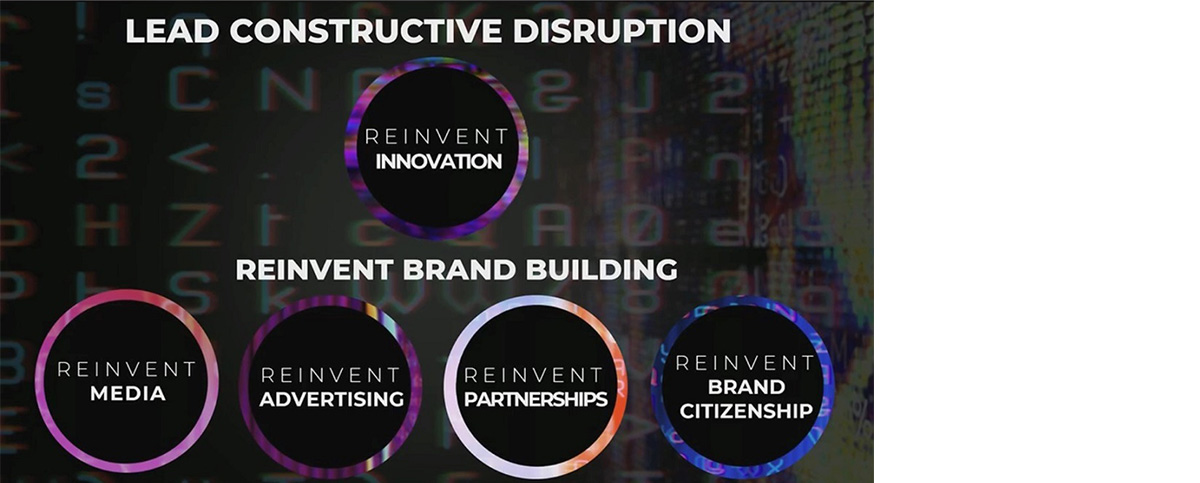
In Japan, “innovation” is often seen as magic conjured by great ideas, but at CES in the last two years, innovation seems to be referring to reforming each part of a company’s business value chain like a startup, and working to increase precision and speed, with growth, value creation and customer service the essential goals.
Pritchard also said that with the expectation of personalization, attention to privacy is also needed. With new technologies and solutions, security, trust and transparency are also required. And that while the hurdles to innovation continue to get higher, innovation must be good for both society and business.
P&G has been actively working on macrotrends and social issues, such as the environment, aging, digital and bias and prejudice. Noting that new thinking from innovation was needed in these areas, too, and that P&G would connect with people through two approaches—personalized service and the use of technology and data (data analytics and behavioral science)—P&G’s message and story creation were perfect for CES.
Impossible Foods’ meat alternatives have as their basis not dieting with soy-based products, but social issues such as the future difficulty of supplying protein to an growing world population, and environmental issues such as water, fertilizer and CO2 emissions, and animal protection. Continuing from last year, Impossible Foods launched a pork alternative targeting the Asian market at CES this year. Being a venue with global PR impact, the product became the talk of CES among IT-savvy targets that seem to be highly conscious of ethical issues, the media and other participants. But Impossible Food’s stated mission is to change the world’s food ecosystem. Using science and technology, they are disseminating a message about the tastiness, nutrition and sustainability of meat alternatives.
 The Impossible Foods booth. Posting their mission on the banner hanging on the right, the company handed out samples to get people to sign up to the movement
The Impossible Foods booth. Posting their mission on the banner hanging on the right, the company handed out samples to get people to sign up to the movementDelta Airlines, which we discussed in Part 1 of this article, is not only working on technology and alliances to revolutionize the customer experience. In closing his presentation, CEO Ed Bastian brought staff and flight attendants onto the stage, saying that Delta employees are the most important factor in the customer experience, before taking selfies from the stage toward the audience. Delta also showed a side of CES keynotes we have not seen before, having flight attendants give explanations at their booth and commending staff who had rendered distinguished service at their booth seminar. While many companies have introduced technologies and products previously, Delta’s presentation this year stood out in a good way, and was very well received. Listening to their presentation, we were glad we had chosen Delta for our return flight. We could really sense the new experience and hospitality from the utilization of technology in customer service. This, too, can be thought of as an example of revamping a value chain using the company’s business assets, employees and technology.
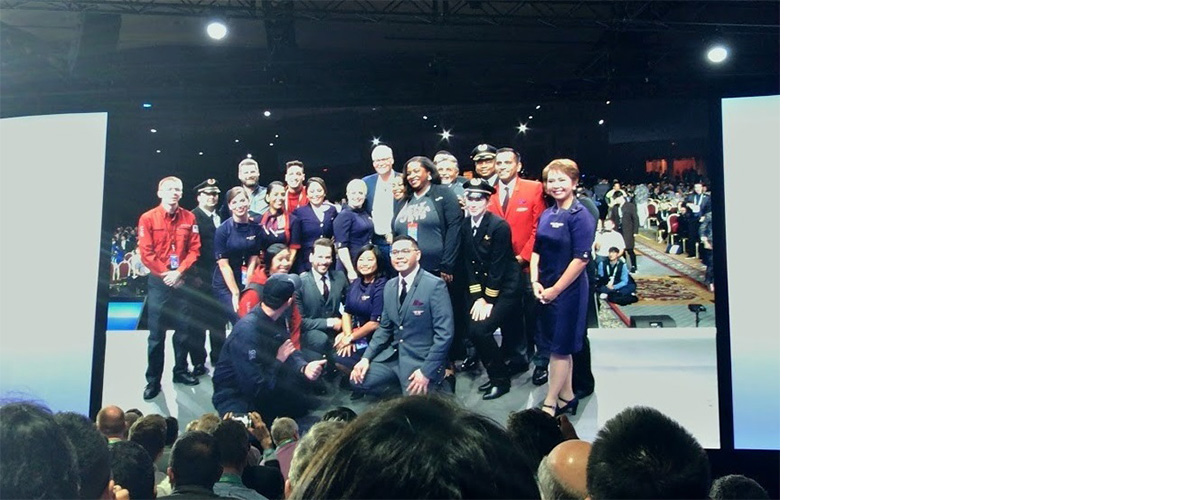
Having been sent to CES every year, we’ve been asked a lot by our colleagues what is new this year, and that new thing is probably non-IT companies like P&G and Delta using AI and other technologies to realize innovation.
Corporate innovation is not just about tech and products: sei-katsu-sha– and society-centered innovation is also necessary in such areas as corporate brands; employees and workstyles; core business value chains; ecosystems with stores, partners and startups; and in cultural matters such as diversity and sustainability.
Many major companies at CES have ecosystems that are investing in labs and forming alliances with startups to realize future innovation.
We feel that the takeaway from this iteration of CES was a growing awareness of the parts that AI and technological advances, innovation and marketing, should be aiming to play. Many of the technologies seen at CES were for realizing better lifestyles and societal innovations down the road.
Taking these perspectives; new branding that should be undertaken as a company; transforming marketing; and speed. These things are also required of Japanese companies on a global scale.
